Karmir Vank (Red Monastery)
Location
Medieval Armenian writing centres – Mos and Apahen settlements of Tsar canton of Artsakh province of historical Armenia Major which are mentioned in ancient manuscripts and epigraphs, were located in the intermountain trough of the Mos tributary of the Dutkhu stream of the Trtu River. A small-sized church called Karmir Vank is still partially standing on a separated hill on the right bank of the Mos River, between Apahen (Abdullaushagh) and Mos (Mozkend), in the territory of Fatalilar rural area.
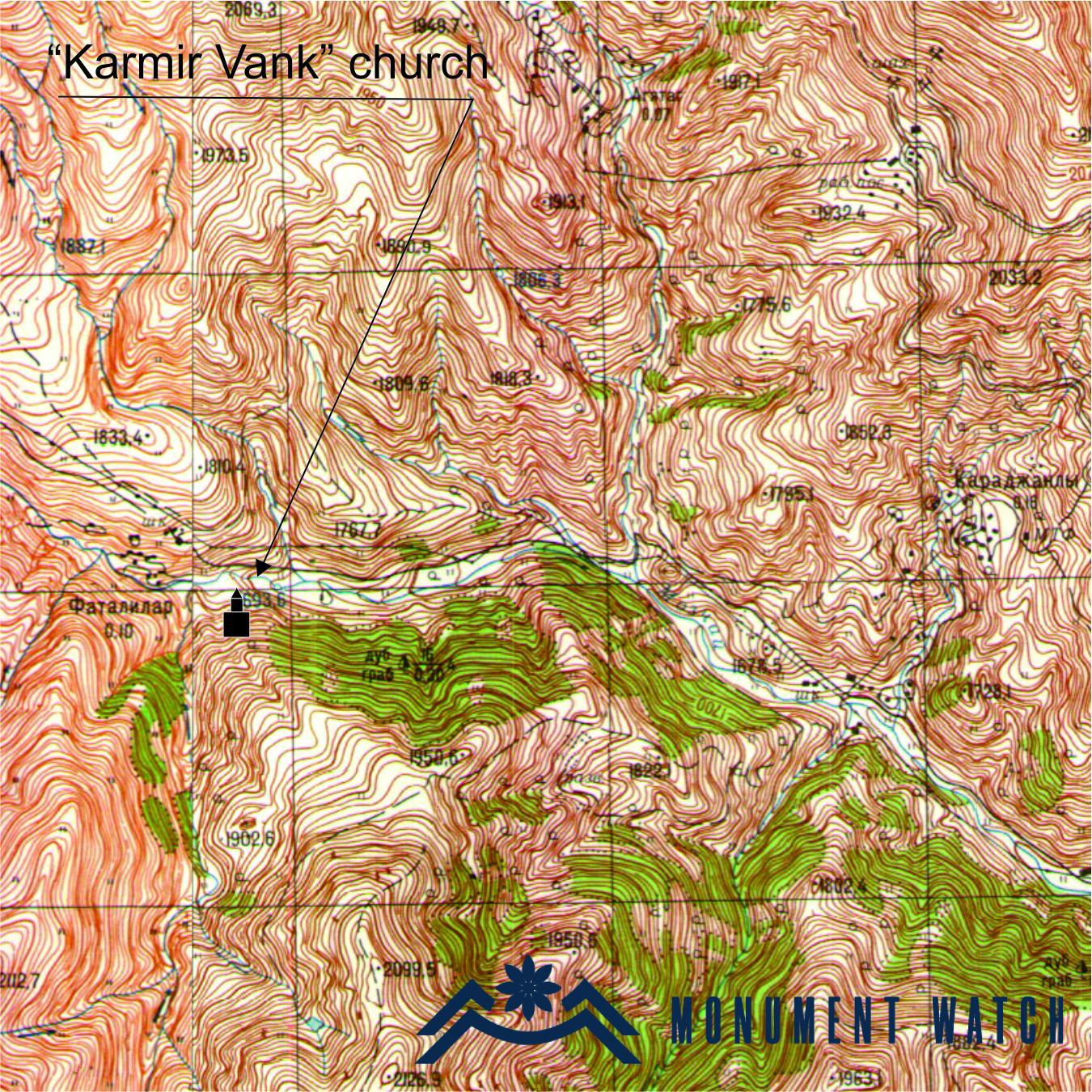
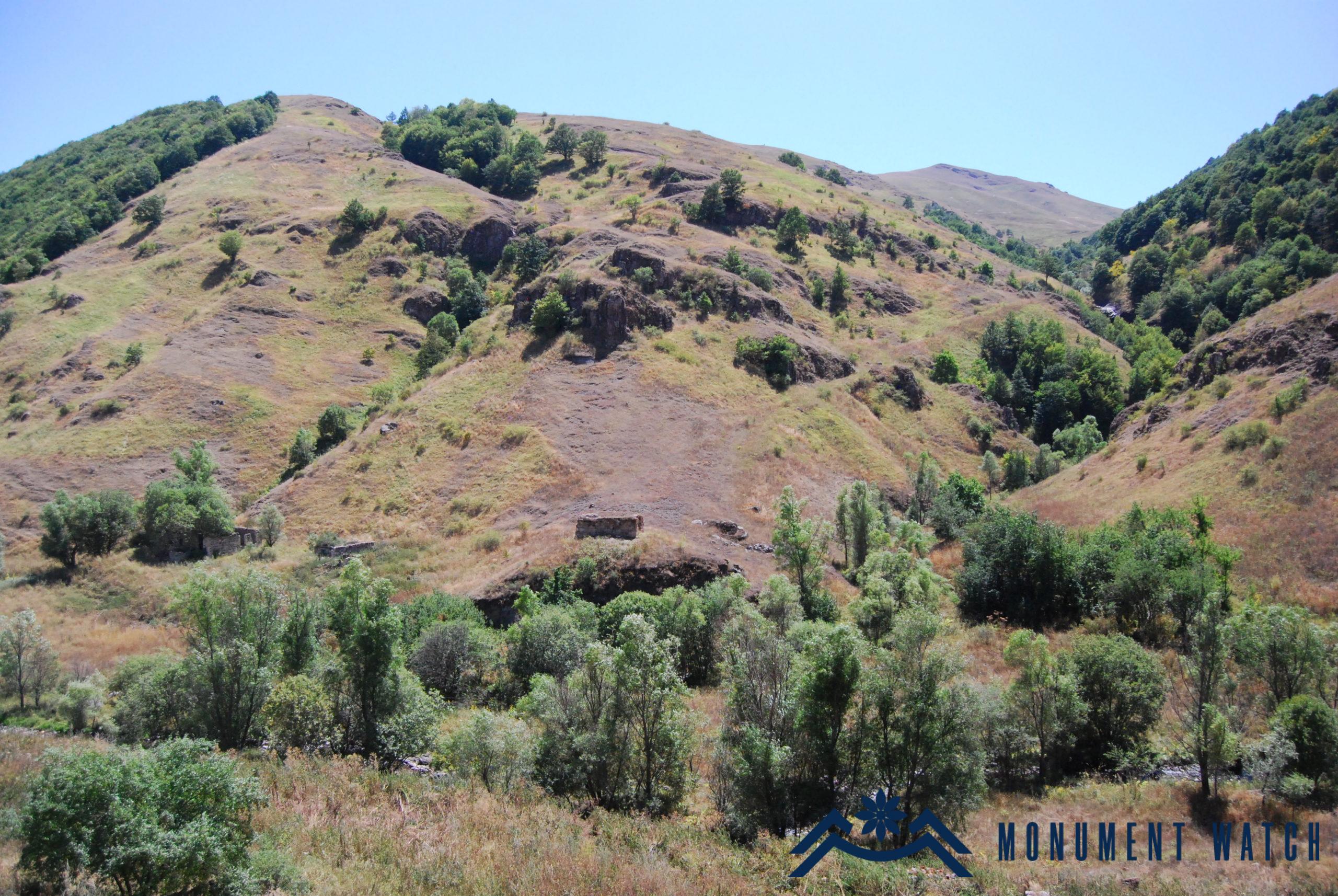
Fig. 1 The general view of Karmir Vank, photo by S. Danielyan.
Historical overview
Epigraphic and bibliographic information on Karmir Vank has not reached us, but medieval sources about the villages not far from the church testify to the prosperous past of the canton. The real name of the church is not known. In the military maps of the Russian Empire, particularly in the map of the General Staff of the Russian Empire in 1911, the church is mentioned as Ghzilvank (Red Monastery).
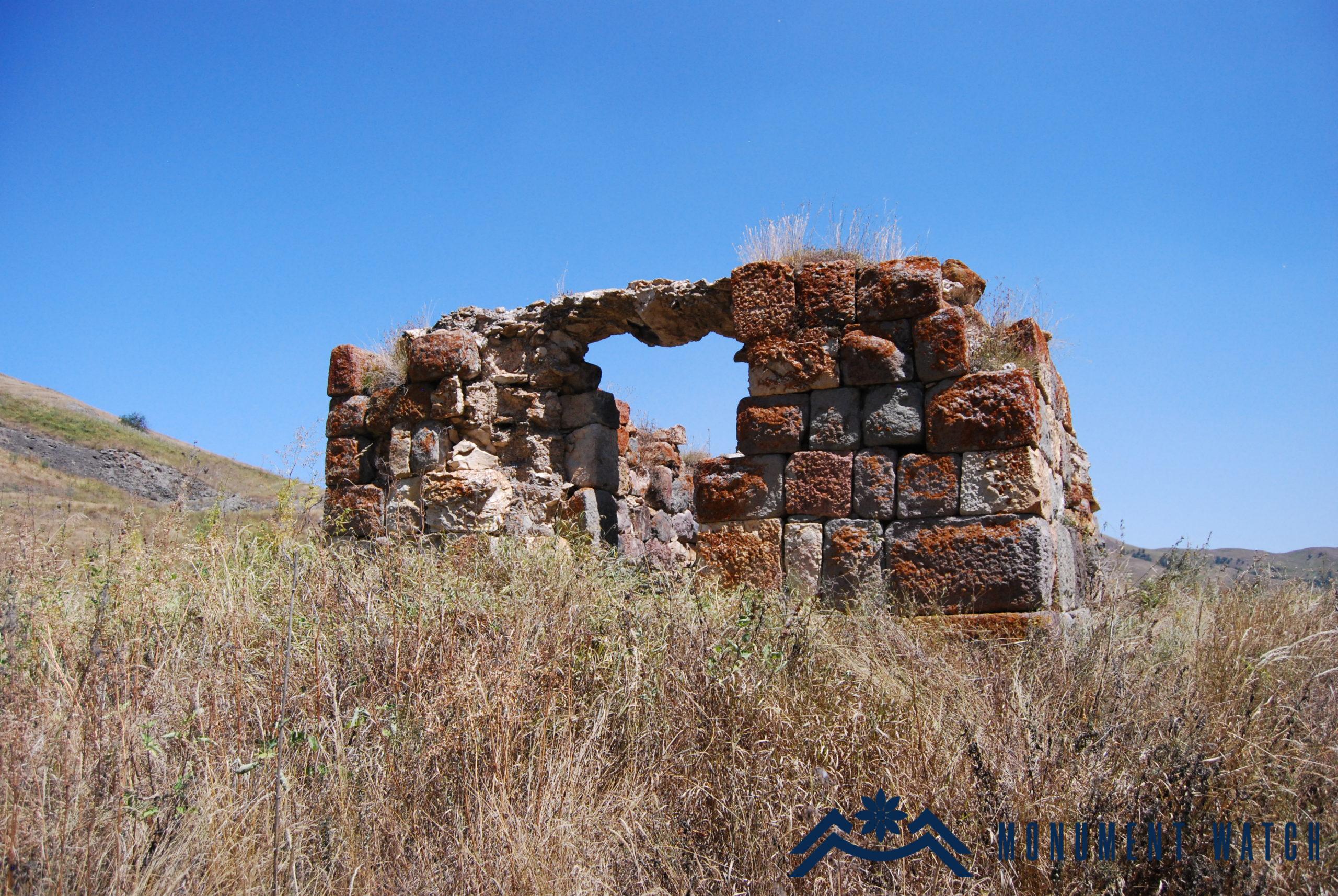
Fig. 2 Karmir Vank Monastery from the west, photo by S. Danielyan.
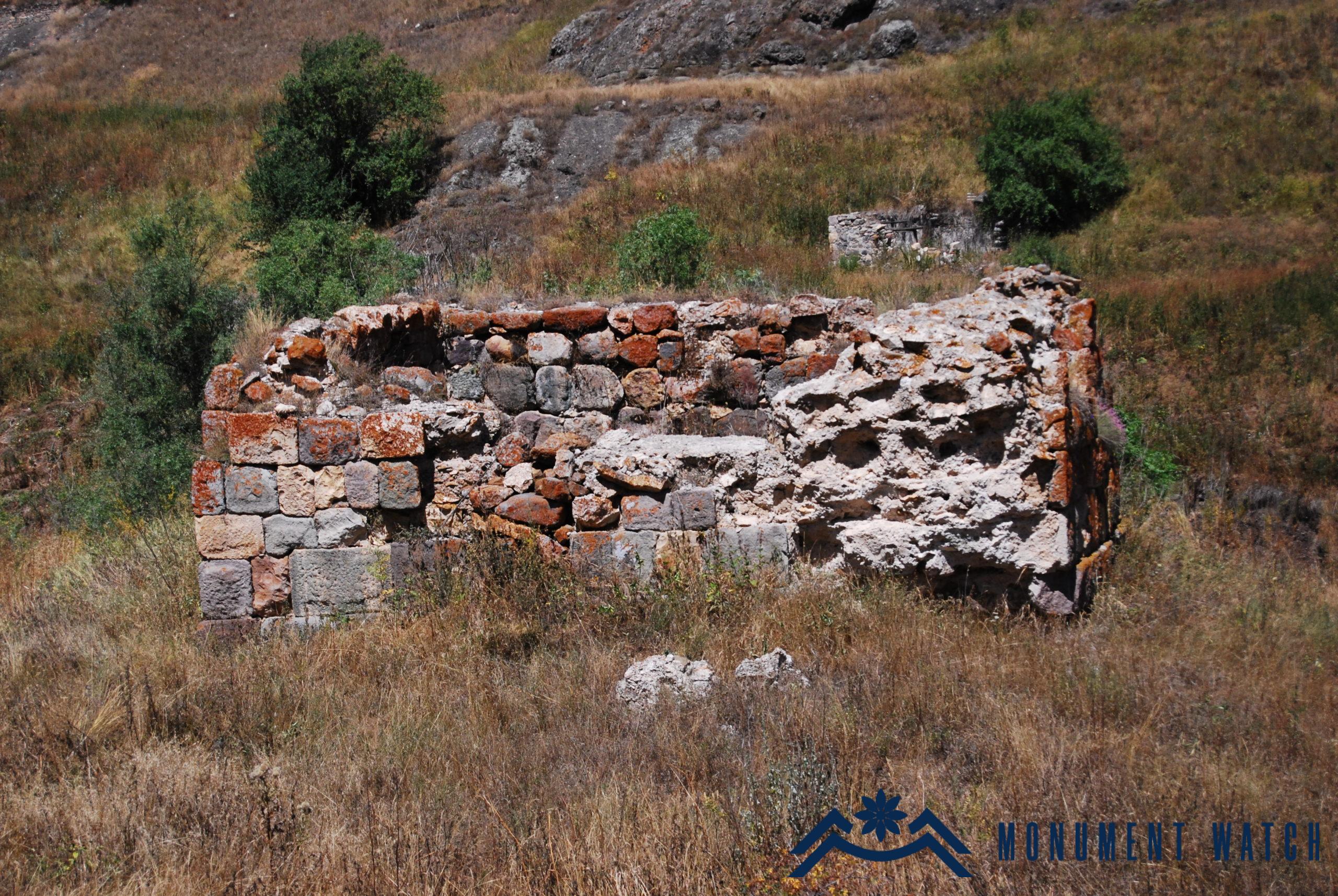
Fig. 3 The northern facade of the church, photo by S. Danielyan.
Architectural-compositional examination
The church is a single nave vaulted small hall (external dimensions: 6.90x4.83 m, wall thickness: 0.80 m), the walls of the original structure are lined with rustic-shaped quadras, which allow it to be dated to the 9th-10th centuries at the latest. The church was later renovated with rough stones.
The only portal is from the west. The only window is from the east and opens into the altar. The lintel of the portal is lying to the west of the church, lacking any inscription. The roof of the church has collapsed, the reason and time of the collapse are not known.
Probably, there used to be a cemetery around the church, of which almost nothing has been preserved. Inside the church there is a pedestal of a khachkar.
The church lacks any epigraphs. During the Soviet years, the local population used church stones as building material for the construction of houses in the nearby village of Fatalilar.
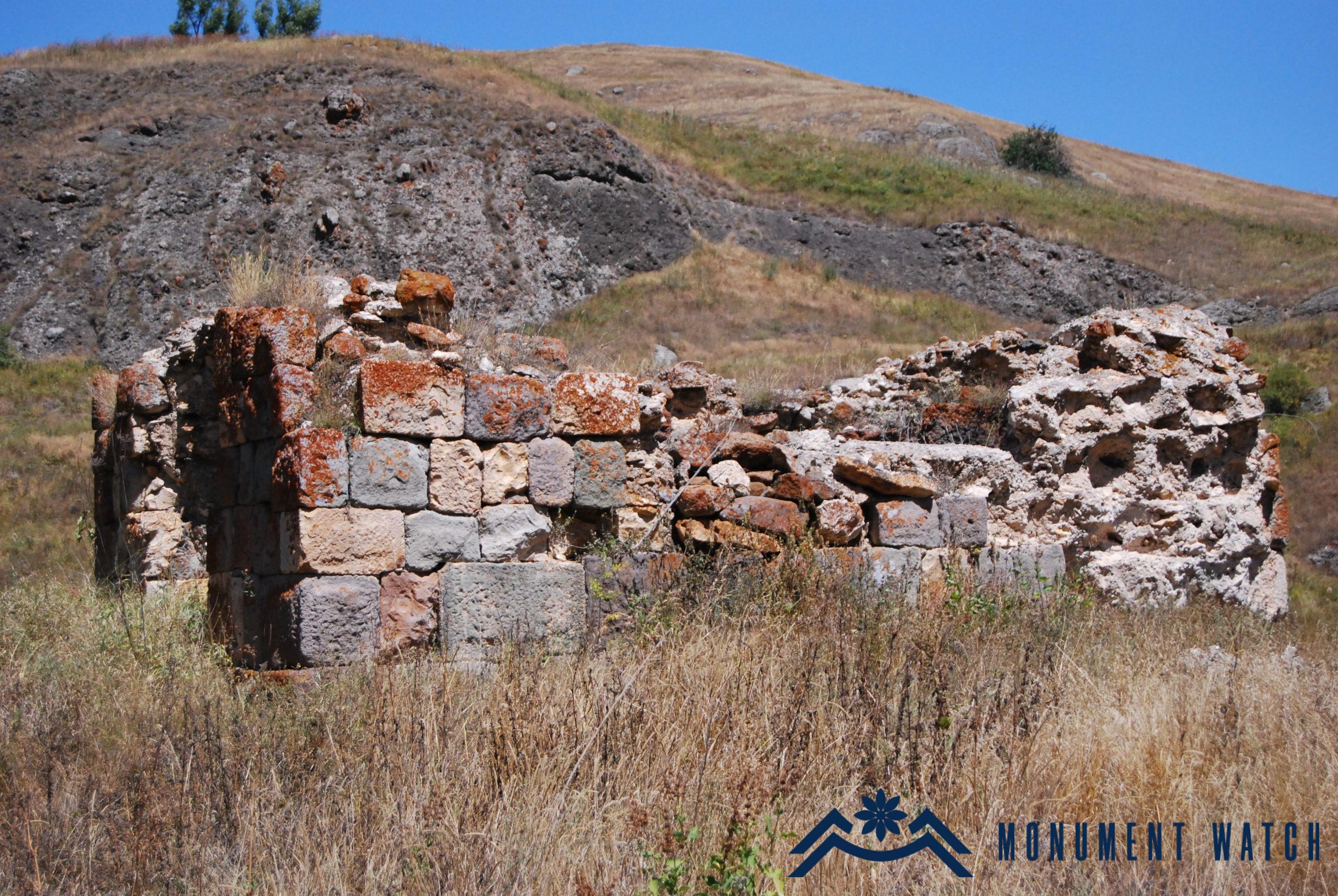
Fig. 4 The southern facade of the church, photo by S. Danielyan.

Fig. 5 The altar of the church, photo by S. Danielyan.
The condition before, during and after the war
During the first and second Artsakh wars, the church did not suffer from military operations.
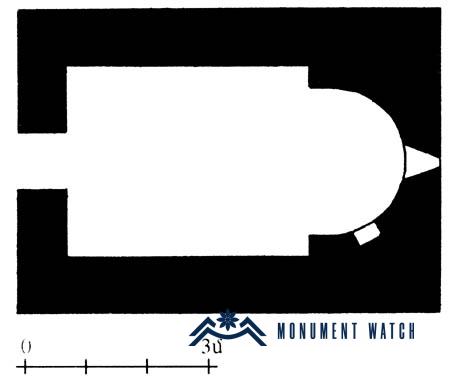
Fig․ 7 The church plan from the book “Monuments of Armenian culture in the regions annexed to Soviet Azerbaijan” by S. Karapetyan, page 73.
Bibliography
1․ Karapetyan 2001 – S. Karapetyan, Armenian cultural monuments in the region of Karabakh, Yerevan.
2․ Karapetyan S., Mravakank, 2019.
Karmir Vank (Red Monastery)
Artsakh